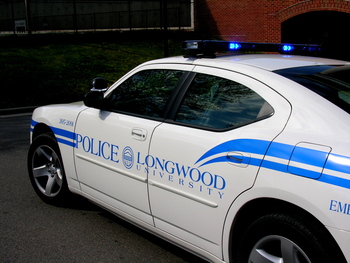
All News and Articles
-

Longwood tops one-day giving record with outpouring of alumni support
March 14, 2016
Showing their love for Longwood through videos, students, alumni, and supporters come together in a successful media campaign.
-
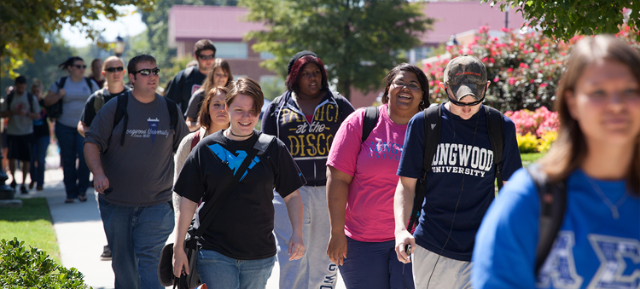
Record number of applicants driven by compelling story, says enrollment chief
March 14, 2016
Longwood uses its rich history to attract more applicants.
-

6 Times Women Faculty and Staff Have Made A Difference
March 08, 2016
International Women’s Day is celebrated across the world on March 8th. Mary Alexander ’16 and Jennifer Thompson ’17 asked some of their fellow female Lancers about the women who have made a difference in their lives at Longwood.
-
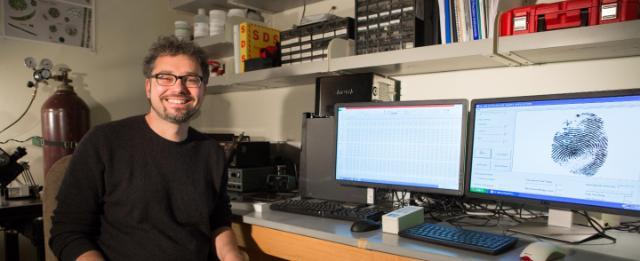
Longwood professor plays key role in research on diabetes-fingerprint asymmetry link
March 04, 2016
Fingerprints are known to be important clues in solving crimes—but in predicting and preventing disease?Longwood professor's research reveals fingerprin-analysis can predict who is at risk for diabetes.
-
Longwood University Police Department accredited
February 25, 2016
Longwood University Police gain coveted distinction.
-
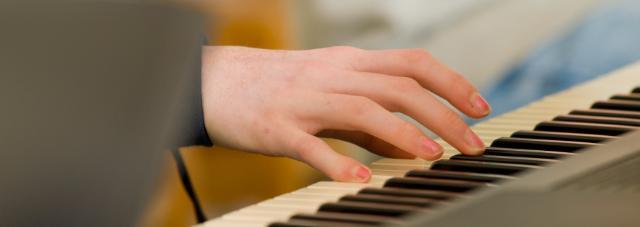
New Longwood Center for Community Music offers group, private lessons for piano beginners
February 23, 2016
The new Longwood Center for Community Music launches a piano outreach program.
-
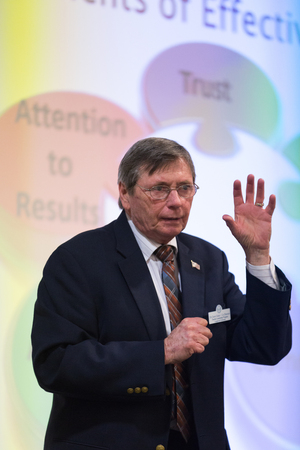
Longwood tapped to run leadership program for state’s teachers
February 18, 2016
A partnership between Longwood and the Department of Education aims to help low-performing school districts reach new heights.
-
Professor, student bond over chessboard
February 18, 2016
It doesn’t hurt to be friends with the dean—until you start checkmating him regularly. Alex Morton ’16 breaks out into a wide smile when he talks about playing chess with his favorite partner on campus—physics professor Dr. Chuck Ross, former dean.
-

Work by Longwood playwright premieres off Times Square
February 11, 2016
For a playwright, having an "off" day—or even an "off-off" day—is great: Longwood English professor finds success off-Broadway.
-
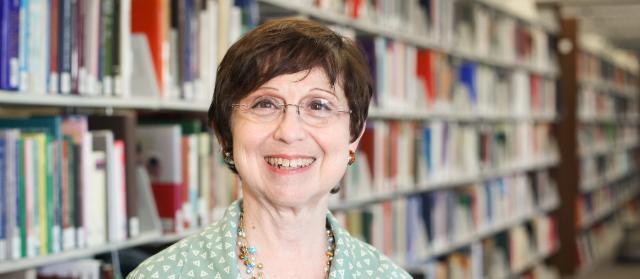
Outgoing Dean Suzy Szasz Palmer reflects on changes, role of libraries in future
February 10, 2016
Dean Suzy Szasz Palmer has presided over Longwood’s Greenwood Library for the last five years, at a time when the role of libraries on college campuses is evolving and digital collections are replacing vast shelves of volumes.
- << < 1 2 3 4 5 6 7 8 9 10 11 12 13 14 15 16 17 18 19 20 21 22 23 24 25 26 27 28 29 30 31 32 33 34 35 36 37 38 39 40 41 42 43 44 45 46 47 48 49 50 51 52 53 54 55 56 57 58 59 60 61 62 63 64 65 66 67 68 69 70 71 72 73 74 75 76 77 78 79 80 81 82 83 84 85 86 87 88 89 90 91 92 93 94 95 96 97 98 99 100 101 102 103 104 105 106 107 108 109 110 111 112 113 114 115 > >>

